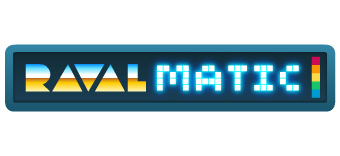Stepping up performance with TexturePacker
Companies are always thriving in order to step up their performance, and every little bit helps. In fact, we are no different. Thus, we like to pick up proper tools, matching to our needs. And our last decision was to implement TexturePacker.
TexturePacker is a spritesheet building software. And the best at it, if you ask us. Why? May you ask. Well, there’s a lot say then. We’ve tested pretty much all other options, both browser based or native software, and we came to feel what makes it different.
First of all it’s fast. Ridiculously fast. It takes less than half a minute to just take all your sprites and convert them into a functional spritesheet. Moreover, it’s also easy. Default settings fit in most scenarios, which really helps with newcomer fellows. And this can be extrapolated to anyone who wants to start building spritesheets as well.
Then, it is a powerful tool too. It lets you save your spritesheets in a wide pool of over 40 supported data formats. We mainly use JSON files, as we work with HTML5, but it also supports the most popular frameworks, like Corona, Unity or Cocos2D. It really has a lot of options to toy with in search of the blending or look you’re after, be it with preloaded settings, or adjusting values one-by-one. Special mention to the “Reduce border artifacts” option that prevents halos from appearing in OpenGL, which we found utterly helpful.
To sum up, it’s continuously being updated, keeping up with all the frameworks it works with, preventing those pesky incompatibilities that happen from time to time and mess up your day.
And last but not least, it’s low priced. We like to see it this way: A lifetime license that includes one year of updates costs around 30€. Then you can add up more years of updates for the same price.
Summarizing, we invested in TexturePacker because it offers us ease of use and performance, at an affordable price for an indie studio.
TexturePacker is available on www.codeandweb.com.
TexturePacker is available on www.codeandweb.com.
